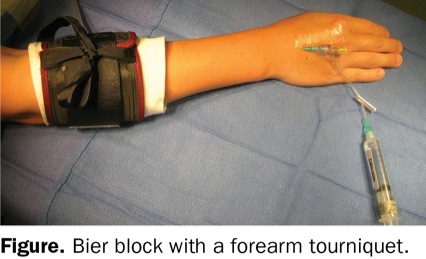lanceavil
Forum Probie
- 11
- 0
- 0
I understand that tourniquets should only be used as a last resort, such as a major arterial bleed or amputation. I heard from one of the medics that it's safer than using a belt or band because the surface area is more spread out and is less likely to injure the patient, and you can inflate it to exactly the point you need it. Agree or disagree?


